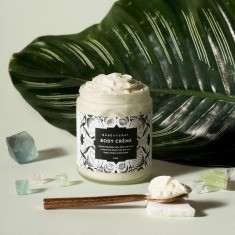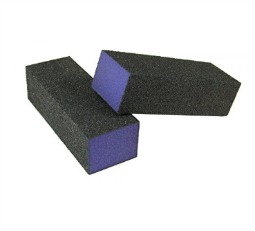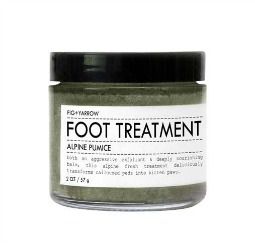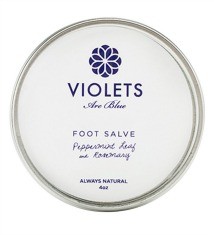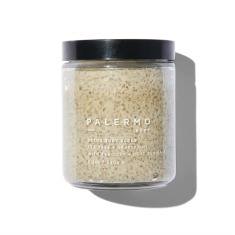Winter Foot-Care Tips That’ll Lead to a Next-Level Spring Pedicure
Summer is the time when people typically turn their attention to their feet (likely because it's sandal season, and they're on full display). But just because you're stuffing your toes in a boot from now until the last frost doesn't mean you shouldn't still be taking care of your tootsies.
Regular maintenance—which conveniently also goes by "self-care"—can help you to protect the health of these well-worn limbs. "Your feet bear the brunt of all your body weight and literally carry you through each and every day," says Melissa Long, founder of Asheville-based Wake Foot Sanctuary. "A relaxing and moisturizing foot soak is a great treat for your feet, and when paired with massage, it can really transform how your whole body feels."
If you can't make it to North Carolina, Long advises soaking them in magnesium-rich Epsom salt baths, though she's also partial to aromatherapeutic soaks as well. "Lavender and chamomile are great for relaxation, grapefruit and mint can be energizing, while bergamot, vetiver, and rose can be really indulgent and sensual," she says. Once you've soaked, then slather with a DIY remedy. Try spiking coconut oil (or another carrier) with tea tree oil, which acts as a natural nail fungus fighter.
And if you up your self-care game at home, celebrity manicurist Shelly Hill of Los Angeles salon Base Coat notes that you can actually cut down the number of pedicures you need. "You should get pedicures every two weeks or once a month, for the person who does some in-between maintenance," she says. When opting for professional help, she warns to be wary of pedi chairs with pipes and whirlpool jets. "If these are not being cleaned properly, they hold debris and bacteria which you will be soaking your feet in," she says. "If you have any kind of cut or open area on your foot, this could lead to an infection."
{{post.sponsorText}}
So just how should you be taking care of your feet? Here, Hill explains how to cut your toenails to avoid that painful pinch, her busy-girl DIY moisture hack, and why you should not cut away your calluses.
Keep scrolling for Hill's tips on how to put your best foot forward in 2018.
Nails
1. "When cutting toenails, always cut and file straight across," she says. "This will help prevent ingrown toe nails." Heads up, though: If you do get an ingrown, never try to fix it on your own.
2. "Keep nails at a shorter length if you exercise or wear tight shoes," Hill advises, as continued pressure on the nail bed can otherwise cause bruising or permanent damage. This is especially important in the winter, when toes are shoved into boots.
Calluses
1. Hill suggests slathering the heels and callused areas with an occlusive moisturizer before going to bed. "Then, throw on an old pair of socks to lock in that moisture." After a week, you should see an improvement in the texture and appearance of your skin.
2. When it comes to getting rid of calluses altogether, Hill offers some words of caution. "Use a 80-grit file—or sand paper—to gently slough off dry, dead skin on the callused area," she says. "Do not use a credo blade or over-pumice your calluses—which I can't stress this enough." Turns out, you actually need some thick, rough patches. "Calluses are your body's extra padding on the parts that are being overused," she explains. "In order to protect the area, the body builds skin up." If you're contiually tearing it down, she warns, it could eventually even lead to discomfort, rather than spa-like bliss, which is obviously what everyone is going for.
Shop Pedi Products
Before you settle into your next pampering sesh, find out why you should never, ever cut your cuticles. Plus, steal these pro tips for creating a self-care sanctuary on the road as you travel this holiday season.
Loading More Posts...
